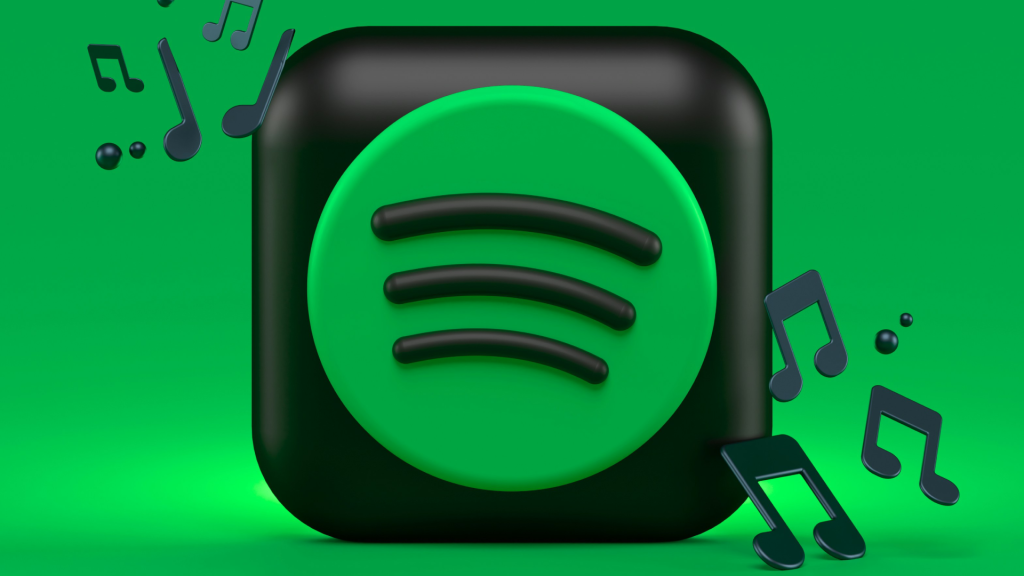
Music streaming services have revolutionized the way artists promote and distribute their music. Platforms like Spotify, Apple Music, YouTube Music, and Tidal have not only changed how listeners consume music but have also provided musicians with innovative marketing opportunities. In this blog, we will explore the role of music streaming services in music marketing and how artists can leverage these platforms to expand their reach.
Content Table
| S.no. | Content |
| 1 | Accessibility and Global Reach |
| 2 | Playlist Placement and Algorithmic Recommendations |
| 3 | Data-Driven Marketing Insights |
| 4 | Direct Fan Engagement |
| 5 | Monetization Opportunities |
| 6 | Social Media and Viral Potential |
| 7 | Conclusion |
1. Accessibility and Global Reach
One of the biggest advantages of music streaming services is their ability to make music accessible to a global audience. Independent artists no longer have to rely solely on record labels to distribute their music. By uploading tracks to platforms like Spotify or Apple Music, musicians can instantly reach millions of potential listeners worldwide.
2. Playlist Placement and Algorithmic Recommendations
Streaming platforms utilize curated playlists and algorithm-driven recommendations to help users discover new music. Getting featured on popular playlists like “New Music Friday” or “RapCaviar” can significantly boost an artist’s visibility. Additionally, algorithmic playlists like Spotify’s “Discover Weekly” introduce music to users based on their listening habits, providing organic exposure to emerging artists.
3. Data-Driven Marketing Insights
Music streaming services provide artists with valuable analytics, including demographics, listening habits, and geographical data. These insights help musicians tailor their marketing strategies, optimize tour locations, and refine promotional campaigns to target specific audiences more effectively.
4. Direct Fan Engagement
With the integration of social features, artists can engage directly with their audience. Spotify’s “Artist Pick” and Apple Music’s “Connect” allow musicians to highlight specific tracks, albums, or upcoming events. Streaming platforms also enable users to follow artists, ensuring that they receive notifications about new releases.
5. Monetization Opportunities
Although the revenue per stream is relatively low, streaming services offer multiple monetization avenues, including:
- Subscription-based royalties: Artists earn a share of the subscription revenue based on stream count.
- Ad-supported models: Free-tier users listen to ads, generating revenue for artists.
- Merchandise and ticket sales: Platforms like Spotify allow artists to promote merchandise and concert tickets directly to fans.
6. Social Media and Viral Potential
Music streaming services are deeply integrated with social media platforms, allowing users to share songs, playlists, and albums effortlessly. Viral trends, such as TikTok challenges or Instagram Reels featuring a particular song, can significantly boost streaming numbers and increase an artist’s popularity overnight.
Conclusion
Music streaming services have become an essential tool for modern music marketing. By utilizing playlist placements, data analytics, and direct fan engagement, artists can maximize their reach and build sustainable careers. As streaming continues to dominate the industry, musicians must adapt and embrace these platforms to stay relevant and competitive in the digital music landscape.
